Other Cities
There are many fascinating destinations throughout Bosnia and Herzegovina for every type of tourist. And besides the twelve thoroughly described cities in the previous articles, there are many other cities in Bosnia & Herzegovina worth visiting. Here are some of them:
Gradačac
The town has a fort with 18-meter high walls built between 1765 and 1821, and a 22-meter high watchtower, built in 1824 by Husein-kapetan Gradaščević on foundations made originally by the Romans. Husejnija Mosque was built in 1826. Unusually for Bosnia, Gradačac Castle is not on a hilltop but instead forms the focal point of the town, which forms a bowl around it. A major citadel in the 18th century, much of the castle site remains in parkland containing sturdy lower bastions, a preserved mosque and a perilously leaning minor stone tower near the entry gate.
A spa facility, Ilidža Spa Treatment Center, was built on the thermal springs in Gradačac in 1882. The water temperature is 29.30˚C found at depth of 286 meters. There are two recreational lakes within the city limits: Hazna and Vidara. Both lakes were built as part of project for protecting city from floods after extensive flooding in 1964 and 1967.
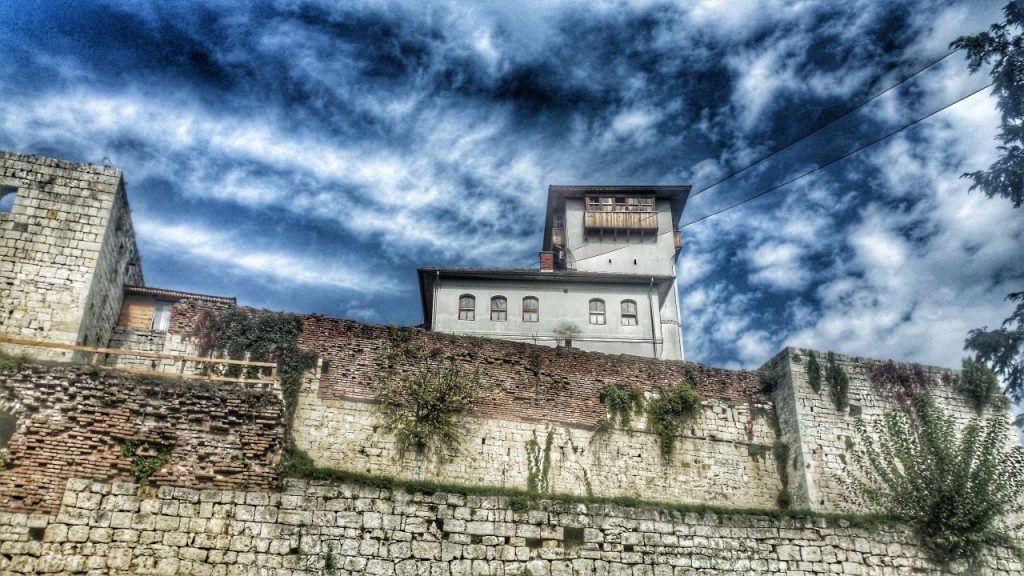
Brčko
The port of Brčko, on the Sava River in northern Bosnia, is a key regional transport hub, bringing together major rail, road and river routes and connecting Bosnia and Herzegovina with regional markets. Behind Brčko’s quotidian façade lies a novel political experiment. In the impressive Hapsburg-era city hall sits a municipal assembly with powers that more closely resemble a sovereign state. Brčko is almost entirely self-governing. As well as its own education system, the city has free-standing courts and separate health and police services. It is, in essence, a free city in Europe.

Doboj
Doboj is the largest national railway junction of Bosnia & Herzegovina and one of the oldest cities in the country.
It lies at the confluence of rivers Usora and Bosna, as well as Bosna and Spreča. It is famous for its fortress, the Doboj fortress, a royal Kotromanić fortress, that was first built in the early 13th century, expanded in 1415, then again in 1490 during the Ottoman Empire rule. The fortress is the main tourist attraction, the center of rich cultural life, containing an amphitheater for theatrical purposes. From the old walls of the Doboj fortress visitors can enjoy the marvelous panorama of the town.
A Royal Ethno Village Kotromanić is located 20 kilometers north of Doboj on the road to Derventa.

Konjic
Konjic is an interesting tourist destination for its geographic location, unique natural beauties, cultural and historic heritage Konjic offers many opportunities for sports and recreation tourism: rafting, canyoning, mountain biking, hiking, as well as the cultural and historical, eco, rural and religious tourism. The river Neretva runs through the very center. While you are in Konjic, walk over the Ottoman Old Bridge, originally built in 1682. The Boračko lake with
the Glavatičevo valley are must see attractions. There are 4,160 of stećci (medieval tombstones), which complete the Konjic’s rich history and culture.
Behind a seemingly ordinary house along the river Neretva outside of Konjic lies a forgotten bunker, hidden right in the mountain. Built at the behest of Yugoslav revolutionary Josip Broz Tito, the nuclear bunker officially known as ARK (Atomska Ratna Komanda, Atomic War Command) D-0 was a well-kept secret for decades. The construction started in March of 1953 and wasn’t finished until 26 years later in September of 1979. The bunker stretches 663 feet into the mountain with over 919 feet of rock on top of it, at the thickest point. The whole complex is built in a horseshoe shape, resembling a maze with offices, conference rooms, dorms and of course, Tito’s private rooms. Today, the bunker is an attraction and is occasionally used for contemporary art exhibitions.

Velika Kladuša
The Velika Kladuša municipality is the westernmost town in Bosnia & Herzegovina and sits right on the border with Croatia. The moderate continental climate and rich unspoiled forests are ideal for hunting and fishing. At the entrance to town from the Bihac direction is a large thermal swimming pool rich in minerals. The Velika Kladuša fortress is sited on a hill overlooking the city. First mentioned in 1280, it was upgraded by the Ottomans after their conquest in 1633. Today it is the biggest tourist attraction in Velika Kladuša. An article about Velika Kladuša in Bosnian can be found here.
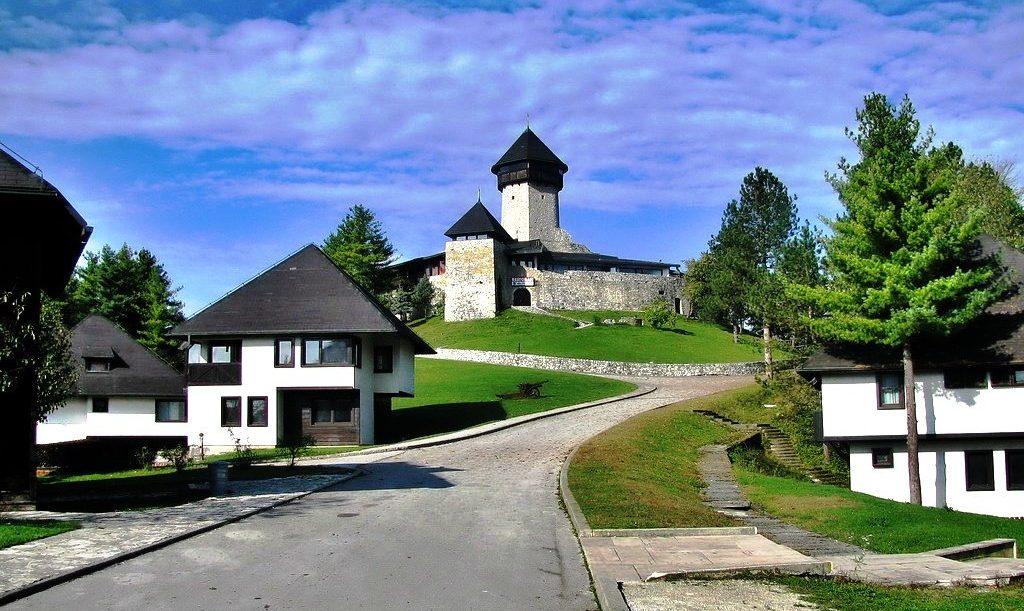
Visoko
Located only a 20-minute drive from Sarajevo, Visoko is best known for its leather industry, the craft that has been practiced for over 500 years. First mentioned in 1355, in a chart issued to the merchants of Dubrovnik by ban Tvrtko I, the town was the medieval residence of the Bosnian bans and kings. Foreign envoys were received and state assemblies of all Bosnian territories were held in Visoko, on Visocica Mountain, home to the medieval Bosnian fortress. The site is now claimed to be Europe’s first and only pyramid. More info about the pyramid you can find here.
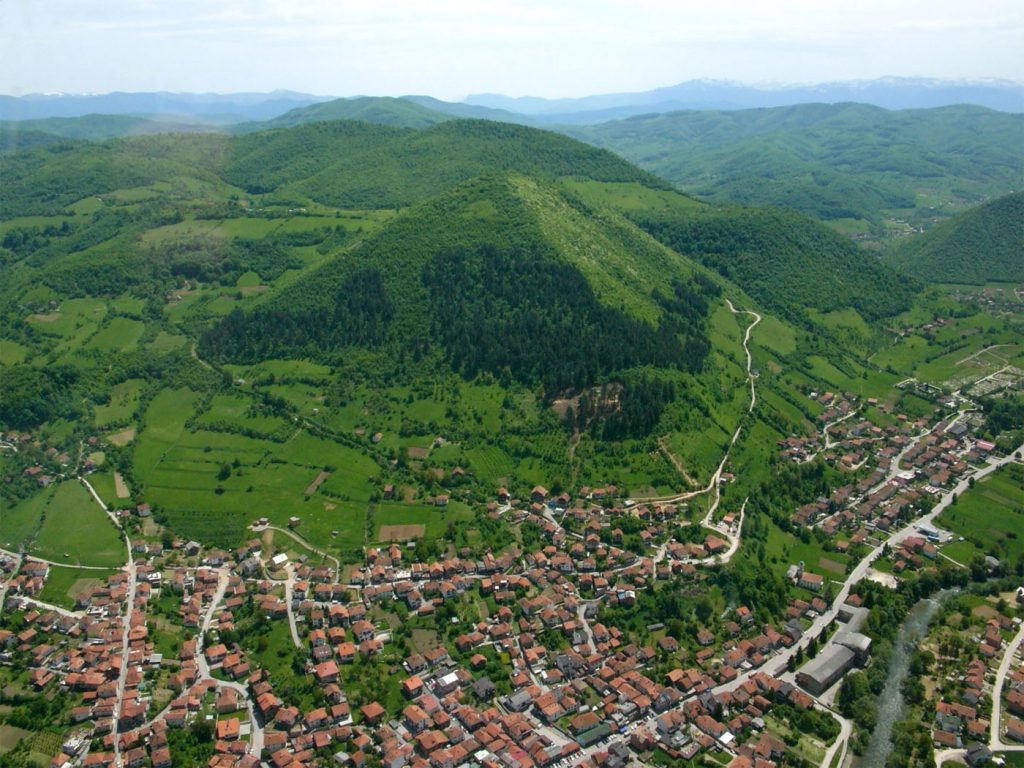
Prijedor
Prijedor is known for its Catholic, Orthodox Christian and Islamic heritage. Historic buildings from the Ottoman and Austro-Hungarian periods are a feature of the urban landscape. The city underwent extensive renovation between 2006–2009. The most known mosque is the City mosque “Carsijska dzamija” built in 1750. Prijedor is located in close proximity to Kozara National Park, a popular hunting ground, with a large 18,000-hectare area of the park open to regulated hunting of deer, pheasants, fox, boars, wild hare, and ducks. Walking, hiking, biking and herb picking are among the many activities in Kozara. Eco center Ljekarice, located 30 km from Prijedor, offers swimming pools in natural environment give excellent opportunities for an active holiday. Hunting and fishing are part of the Eco center offer. Orthodox monastery Moštanica first mentioned in 1113 is located some 35 km north of Prijedor. It is estimated that the building in its present form was built some 500 years ago.
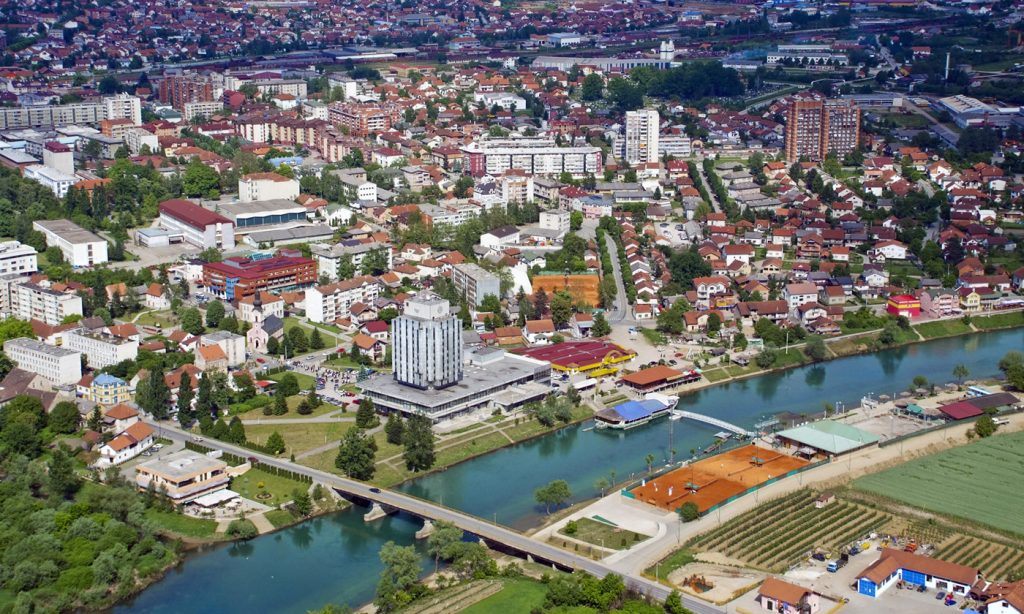
Tešanj
Tešanj was not much known until Tešanj’s Oaza mineral water won a gold medal at the Berkeley Springs Mineral Water Contest in the United States. The old town is dominated by the well-preserved fortress (15th century) that overlooks the whole city, the result of the many different civilizations that made Bosnia and Herzegovina their home. Ferhad-bey Mosque (1563) from the Ottoman period still stands in the old town, which itself dates back to the 16th century. The old Eminagić House is the oldest house in Tešanj, still standing the test of time, and is said to have been built at the end of the 17th century. The clock tower was built in the 17th century. Recreational area Lake Jelen is located some 10 km north of Tešanj.
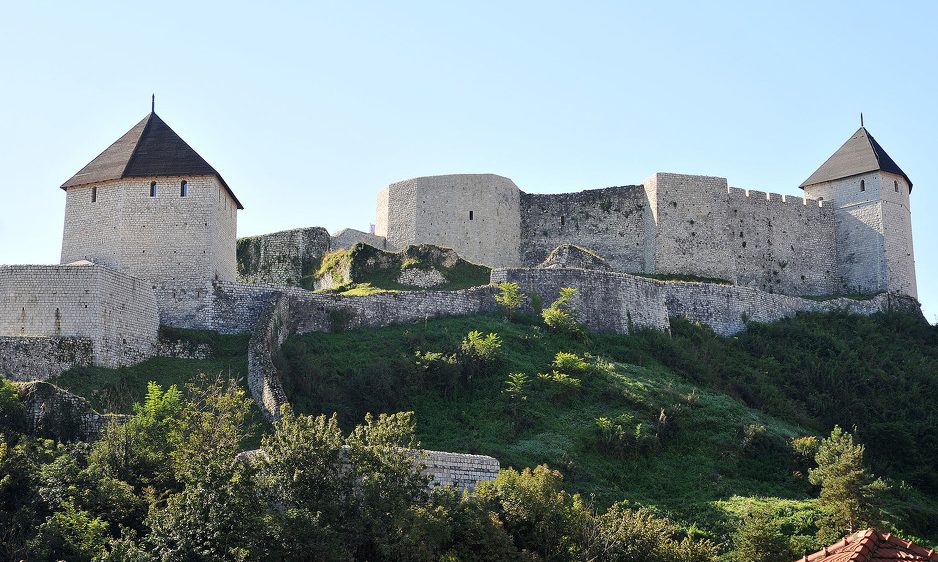
Livno
Livno is situated on the river Bistrica in the southeastern edge of the Livno Field at the foot of Krug mountain and rocky hill Crvenice. The town, with the remains of the antique architecture and the old town from the 9th century, first mentioned in 892, developed at the crossroads of roads between the Adriatic coast and inland. Mosque complex in Hajji Ahmed the Ducat Minter’s Mosque is one of the most recognizable architectural symbols of Livno. Constructed upon design by Mimar Sinan in 1574. (some date to 1587), it is situated on a hill overlooking the old town of Livno, the river Bistrica and the spring Duman in the upper section of the old town of Livno. The world-famous Livno cheese is a cheese first produced in the 19th century on the basis of French technology of making the Gruyère cheese. riginally, it was made from sheep’s milk and nowadays it is mainly made from a mixture of sheep’s and cow’s milk. The flavor is robust, and in more aged cheeses the taste is slightly tangy. A herd wild horses, which have been running free near town of Livno for many years, was originally formed of horses released into the wild by their owners.

Zenica
Zenica is the fourth-largest city in Bosnia and Herzegovina. It is situated on the Bosna river, surrounded by a mountainous and hilly landscape. Zenica was an important economic and military center during the the Kingdom of Bosnia, and one of the relics from this era is the Vranduk fortress. The city’s old quarter contains several attractions, including the former synagogue, dating from 1906, which is now part of the City Museum. There is also a mosque, an Austrian fountain and an old bey’s farm house (Hadžimazića Kuća).The Sultan Ahmed mosque was built in the 16th century on the base of an older mosque of the same name. It is assumed that it is the oldest mosque in the city. The Seymen mosque was built before 1506. Zenica is the home of Bosnia & Herzegovina’s national football team. Zenica is also the home of Bosnia’s steel industry.
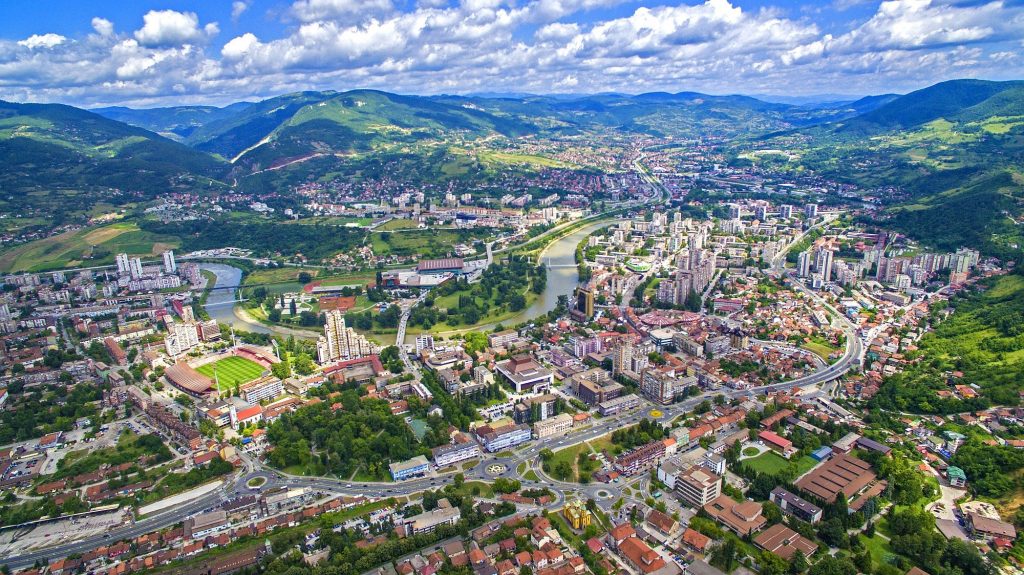
More CIties Coming Soon…



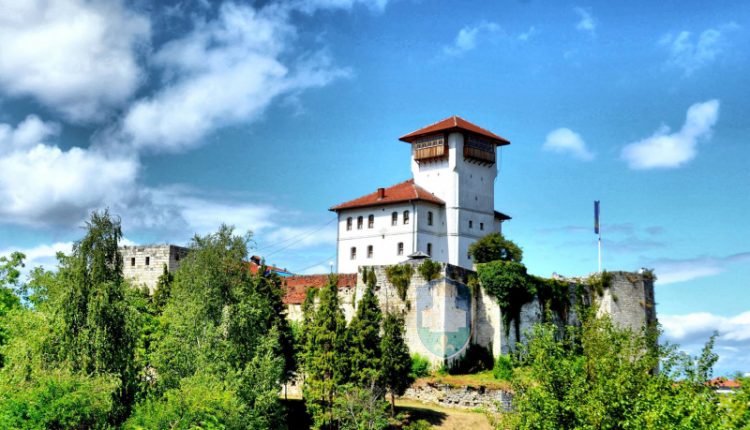
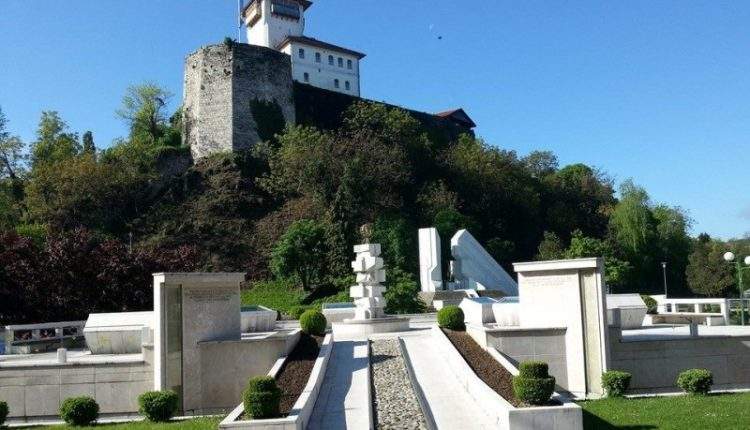
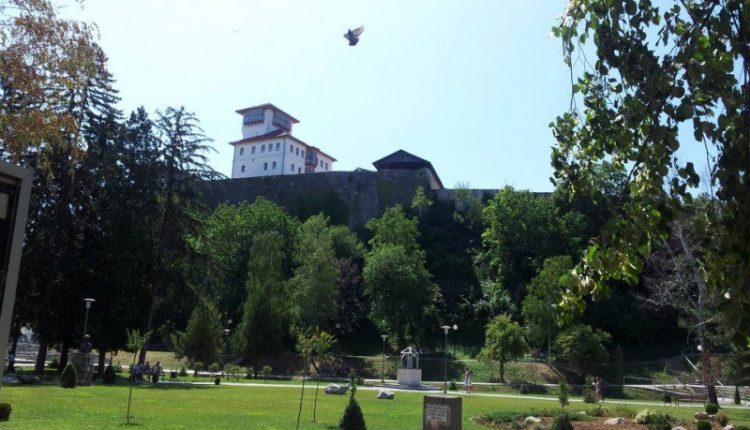
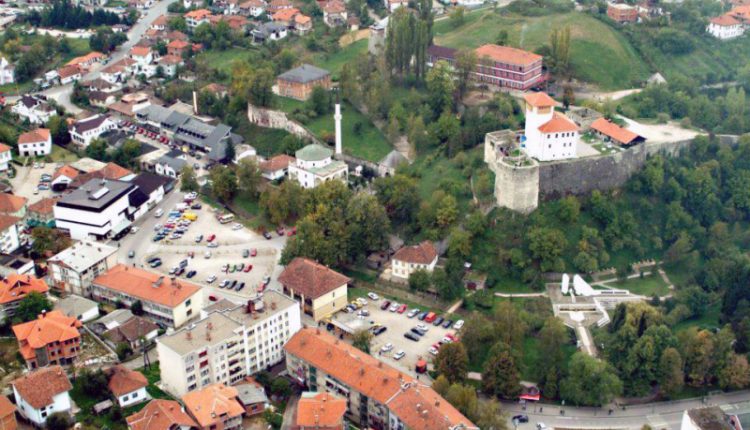
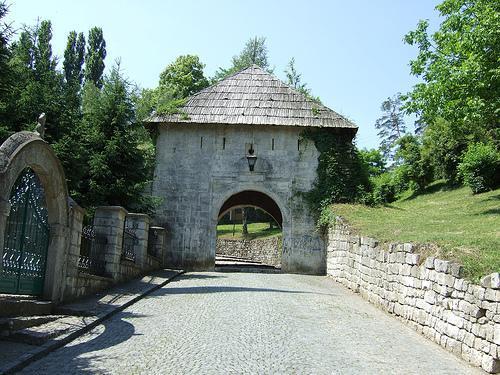



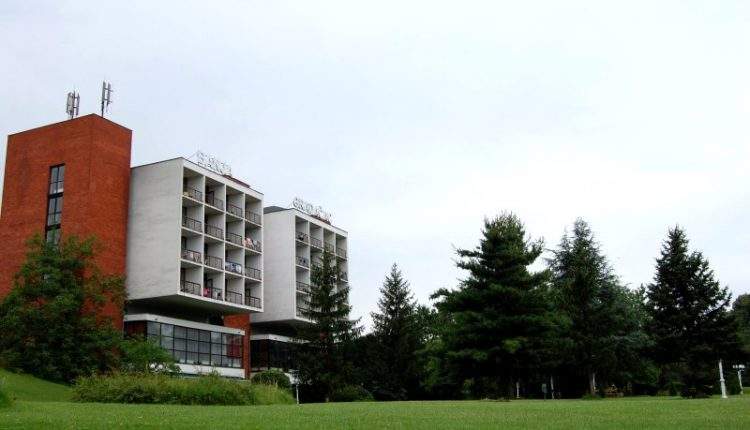

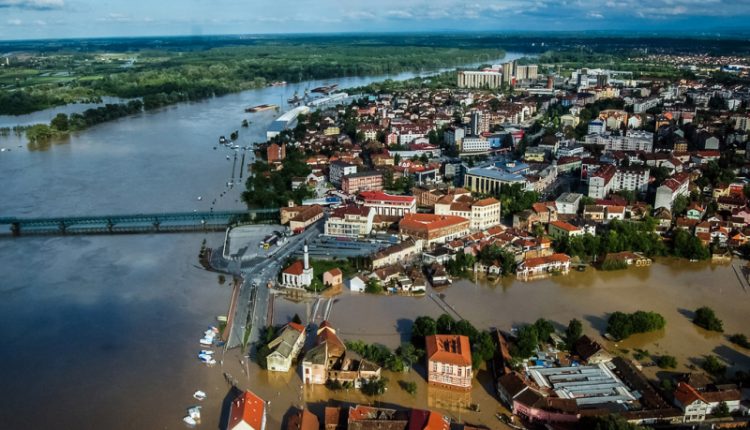
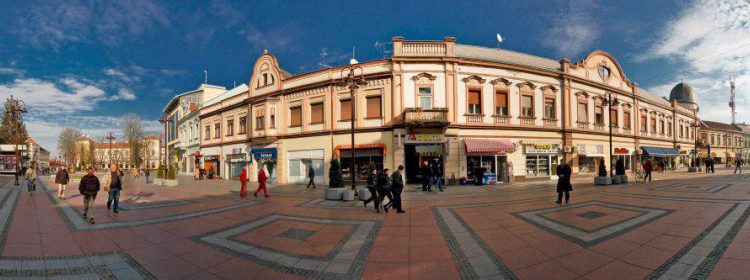
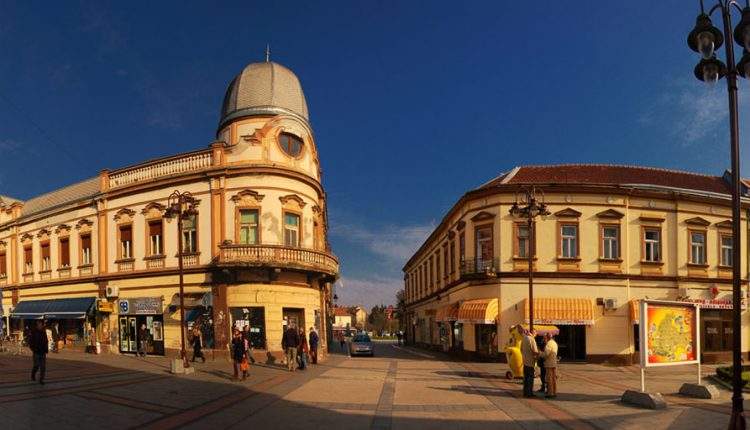
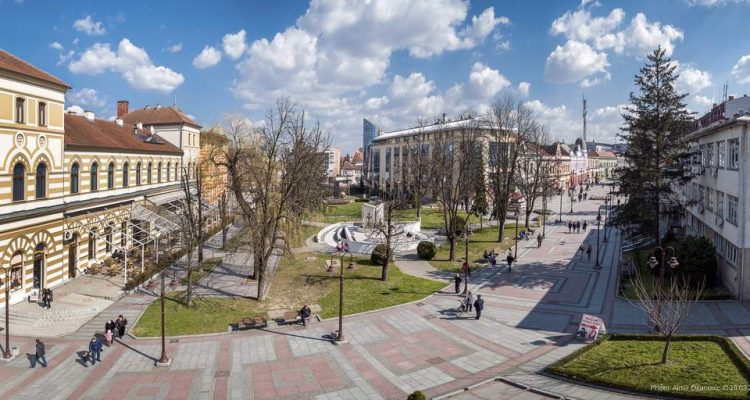
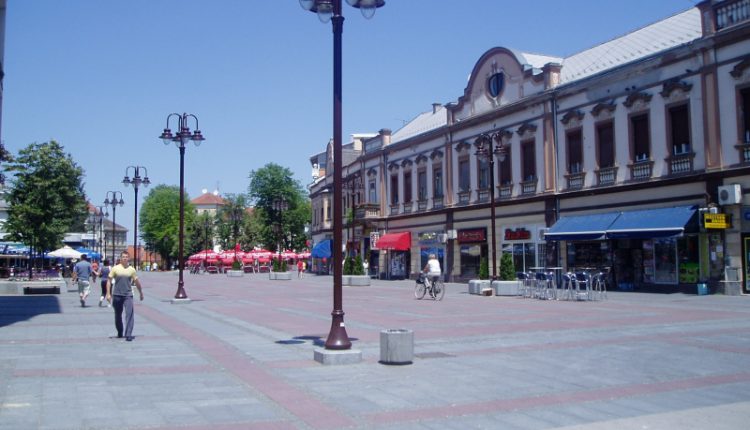
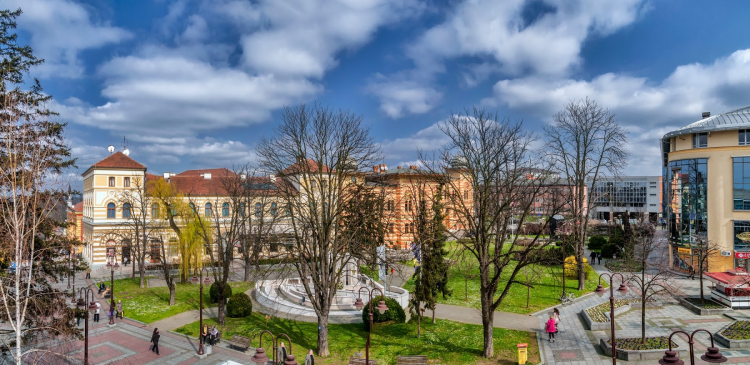



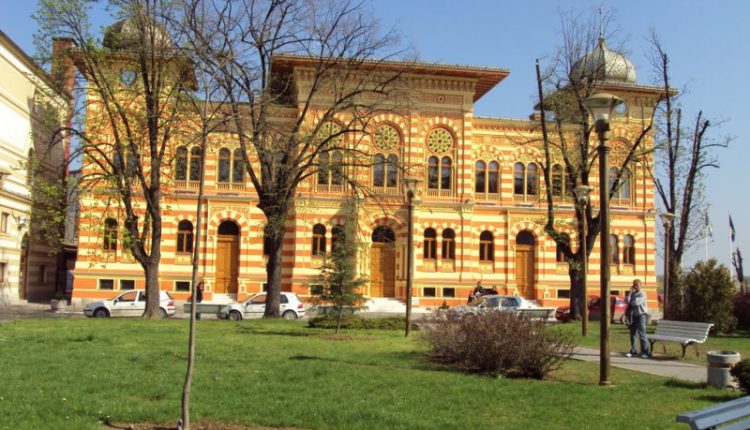


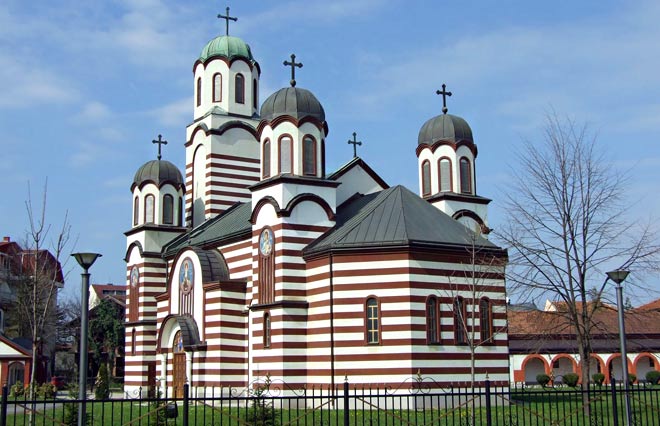
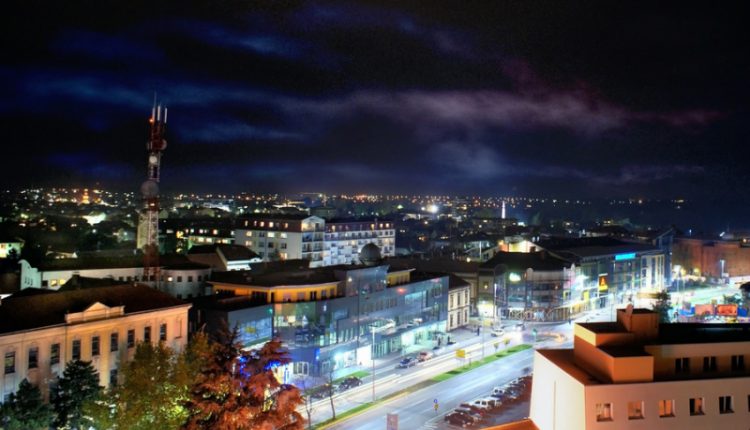




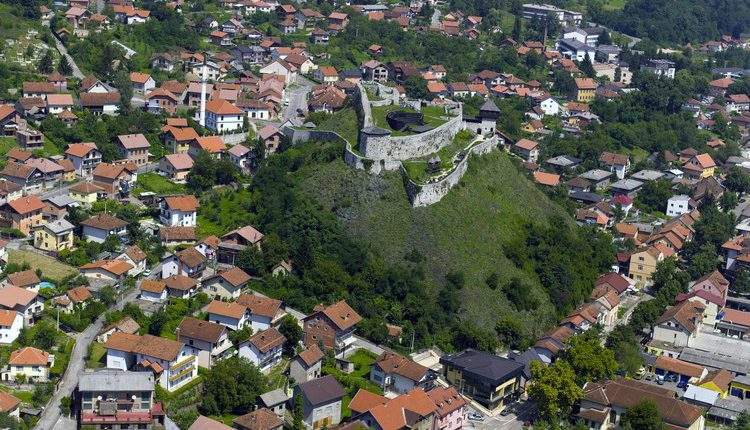
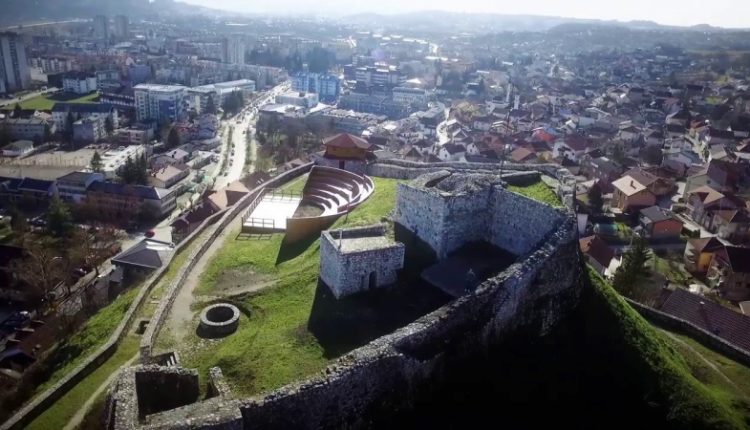
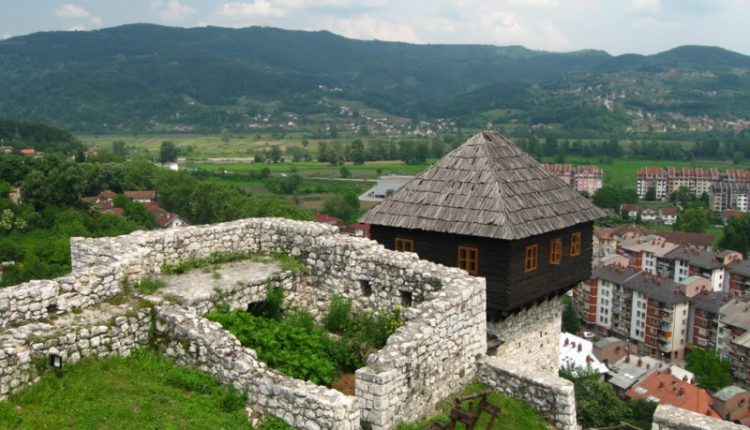

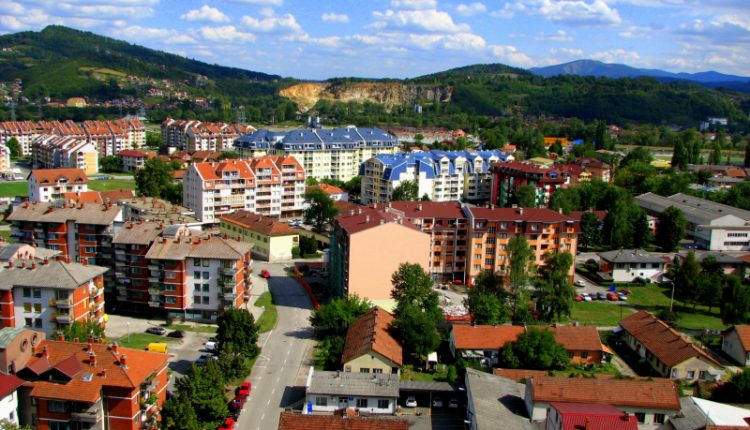
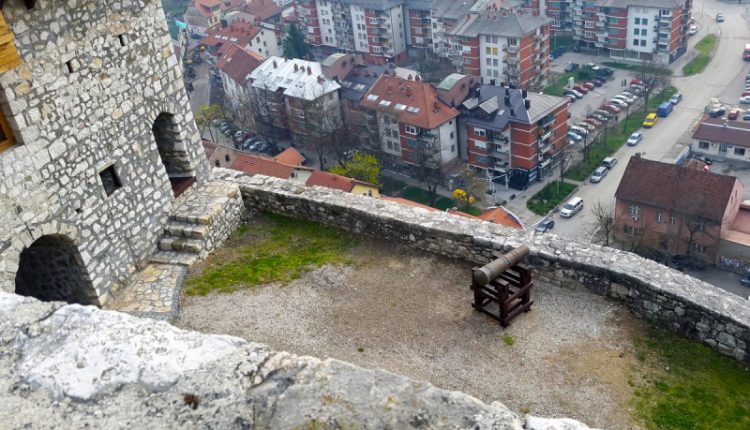


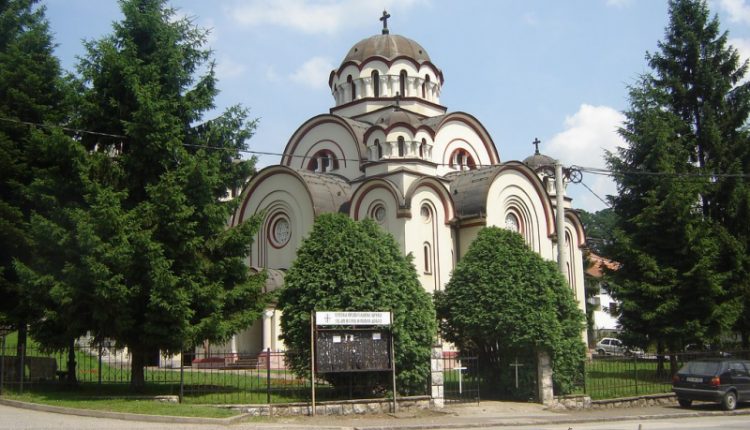
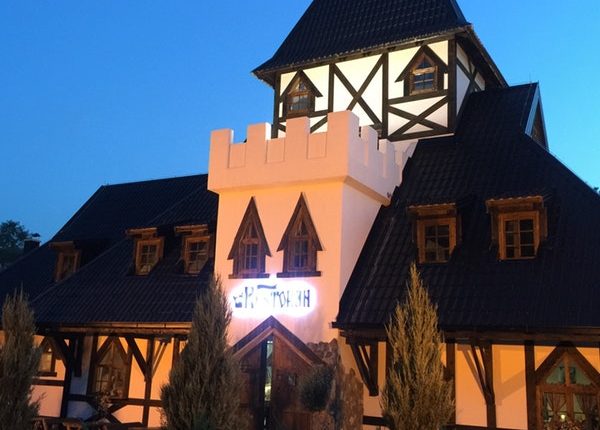
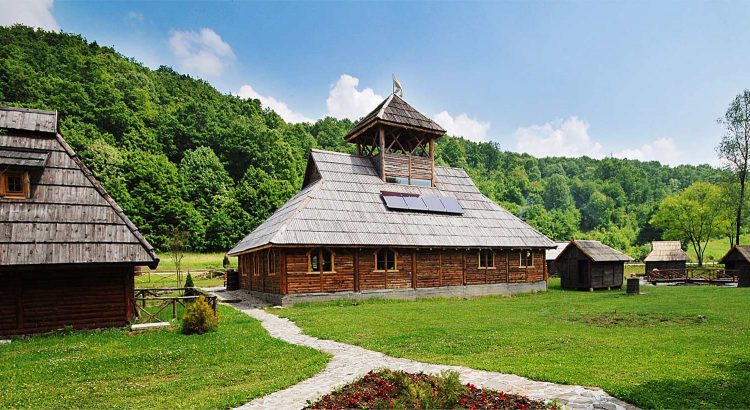
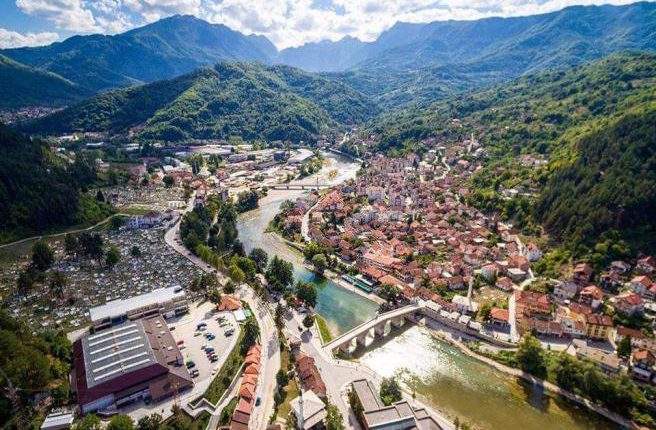
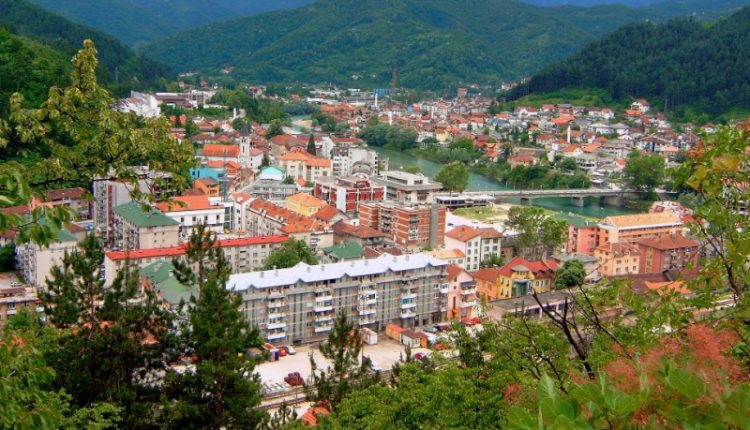

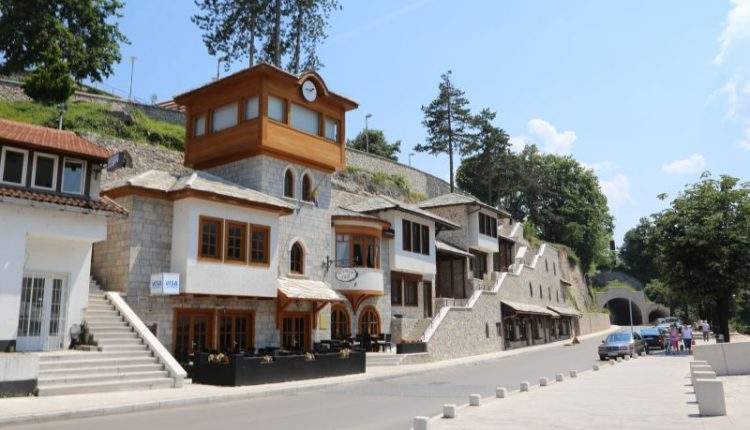
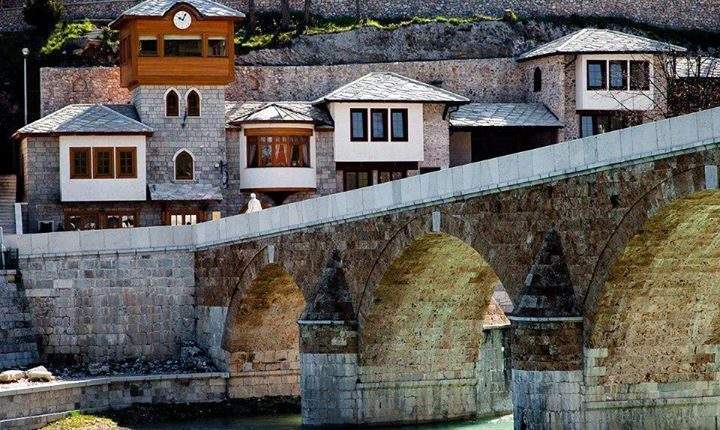
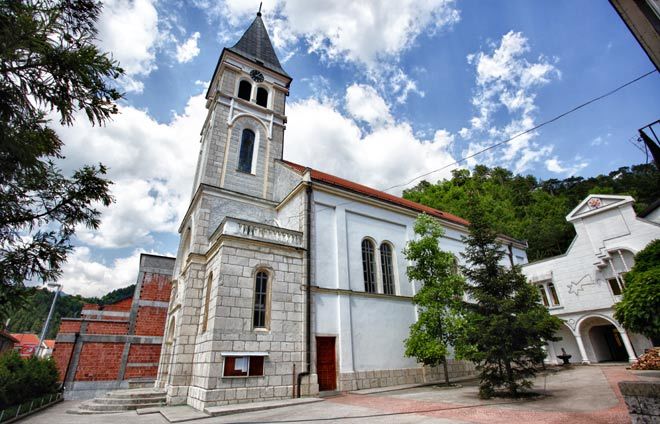
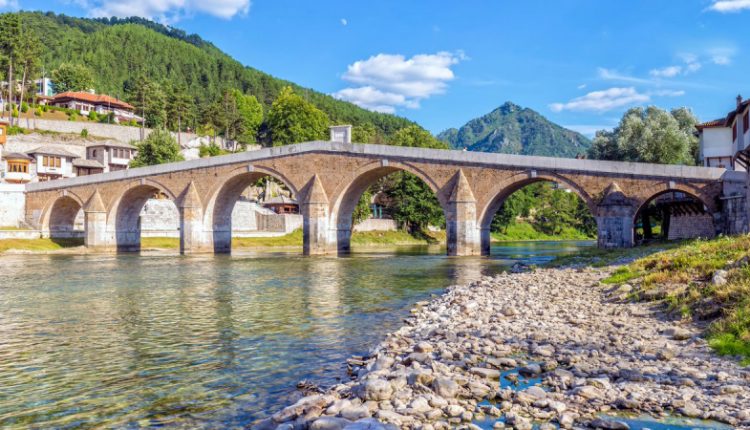
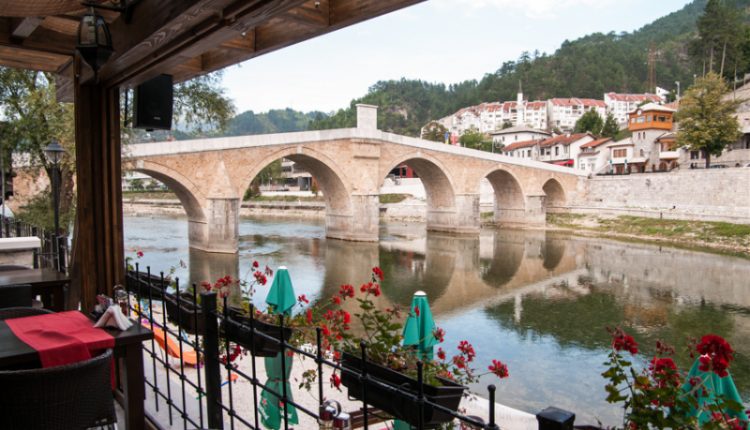
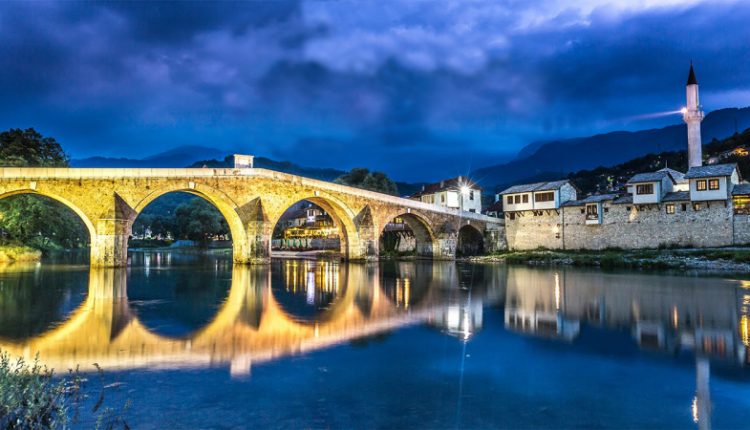


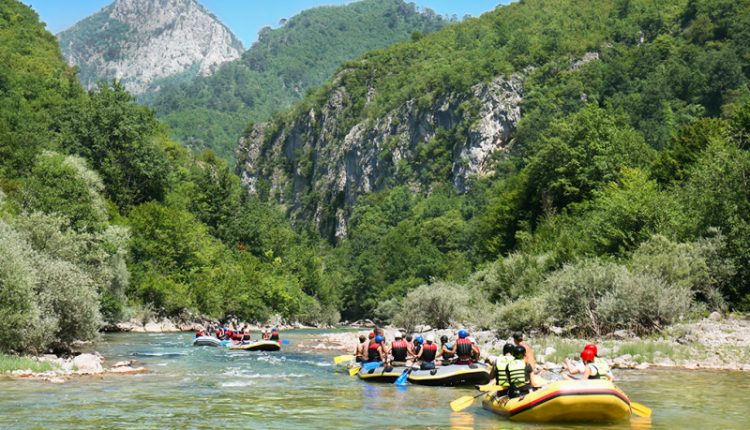
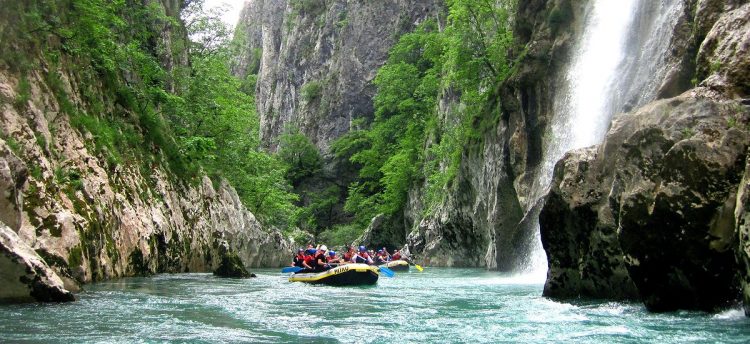
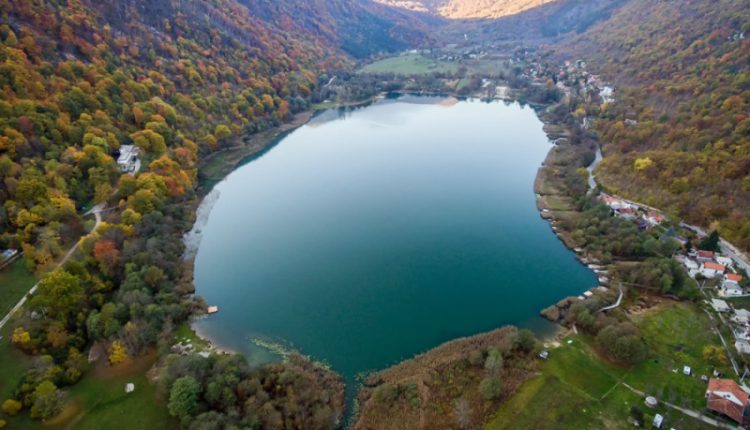



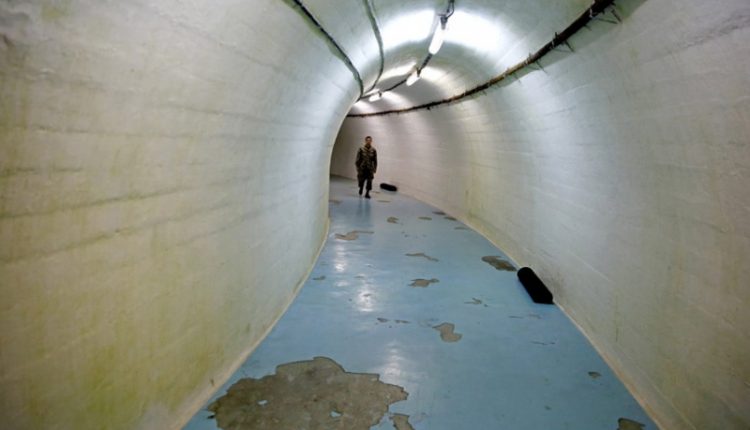
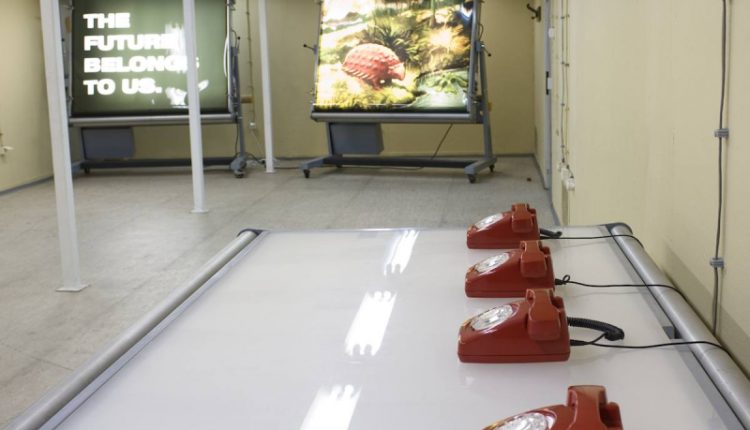
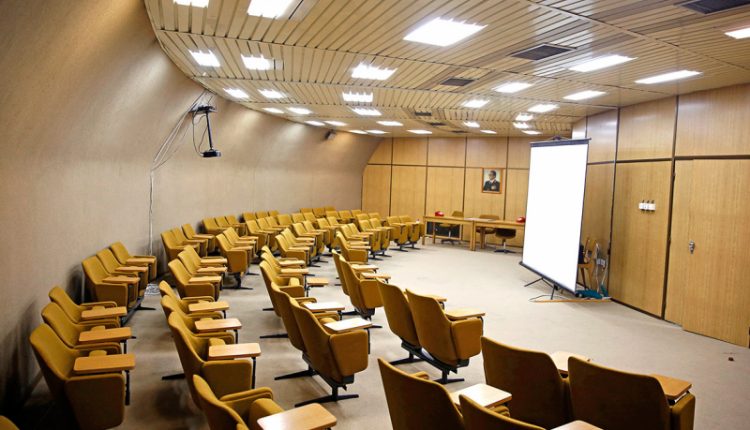

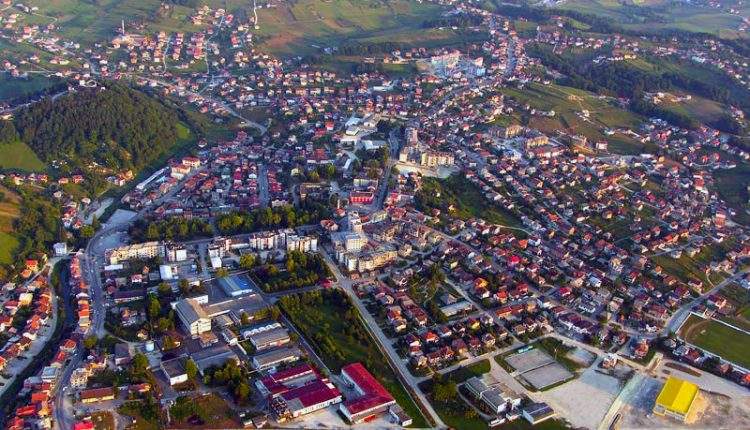
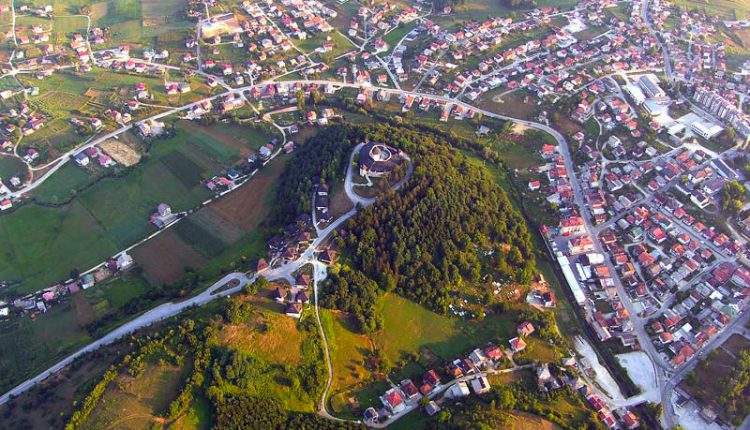
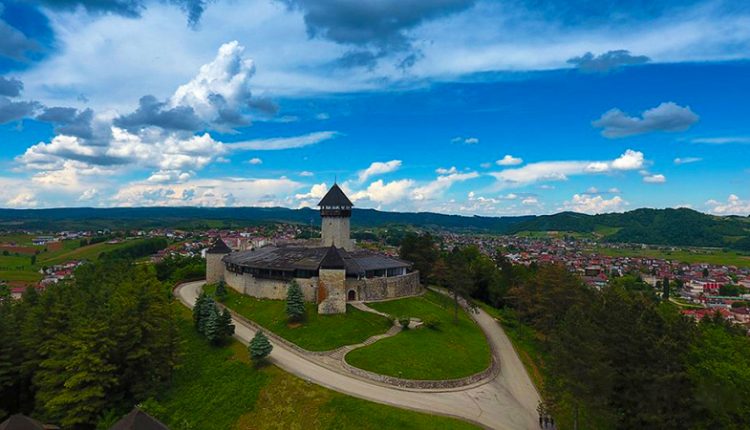



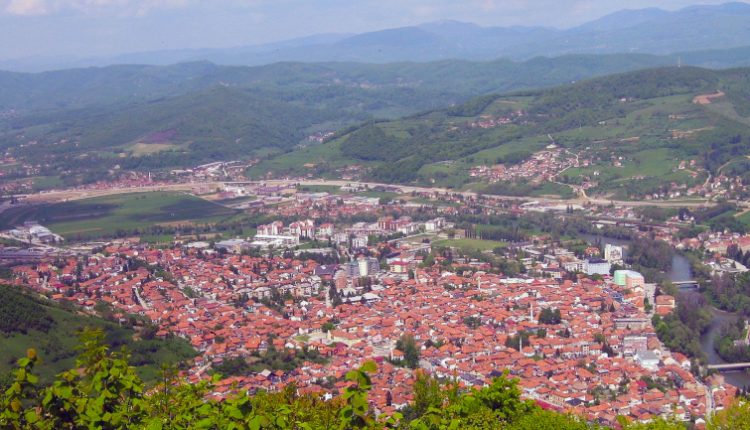
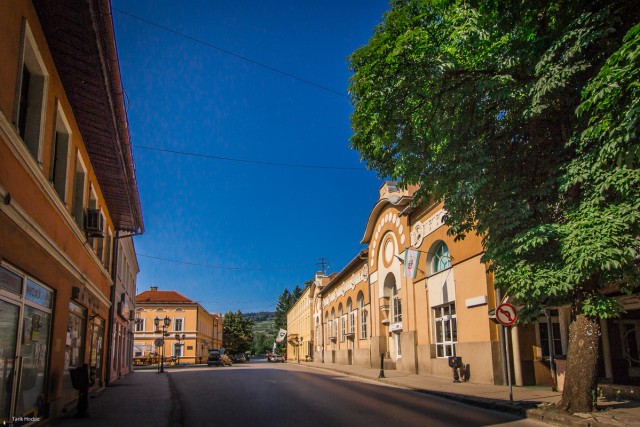
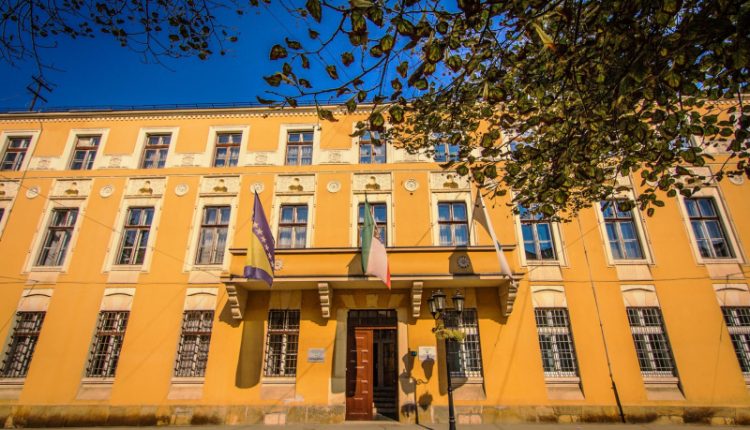

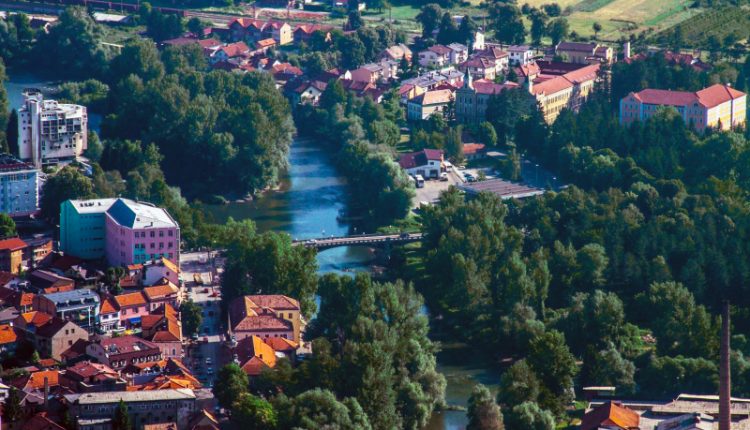
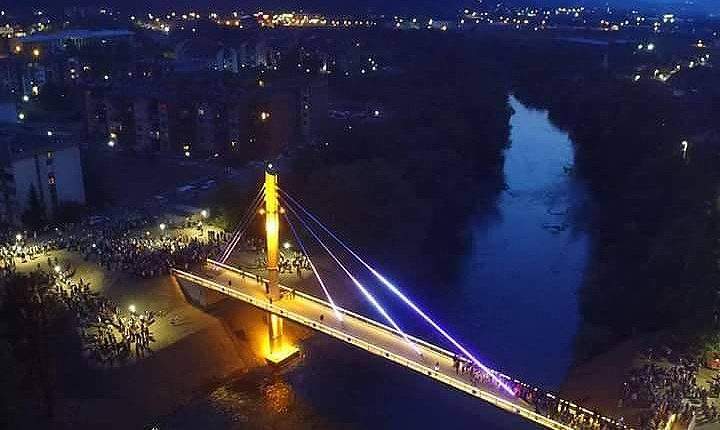
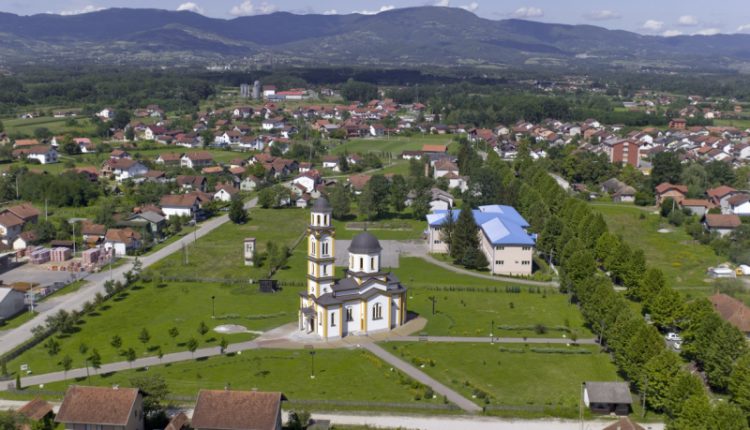
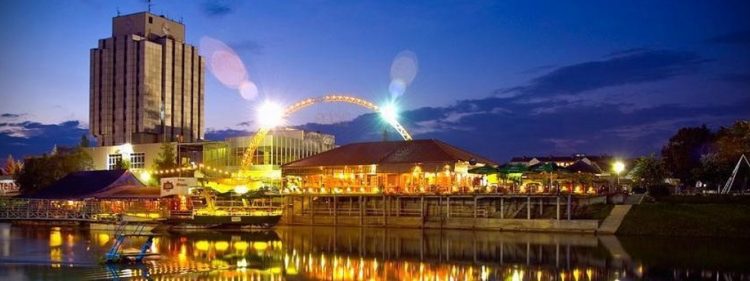
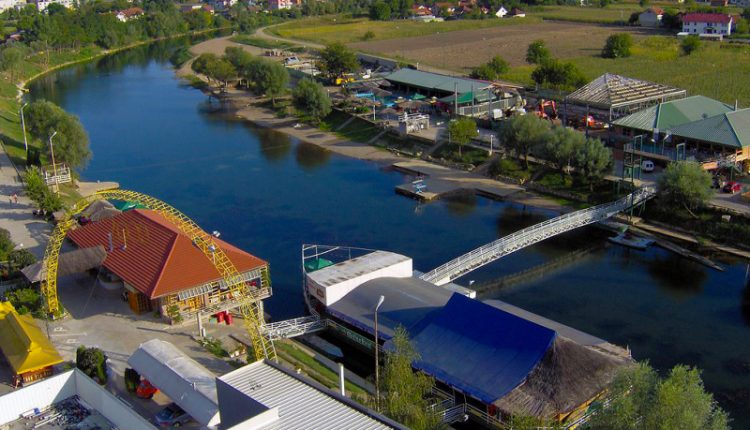
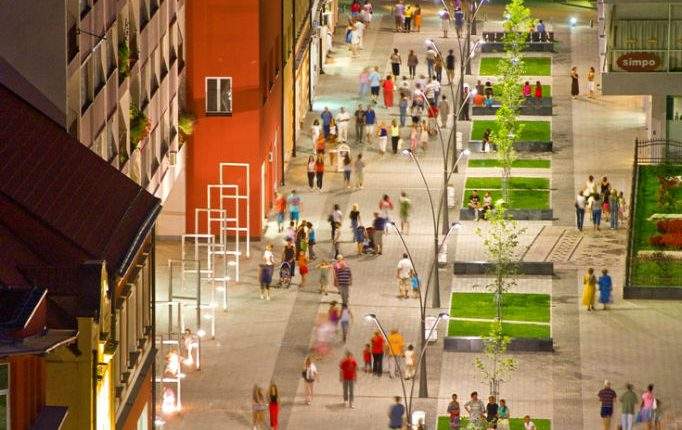

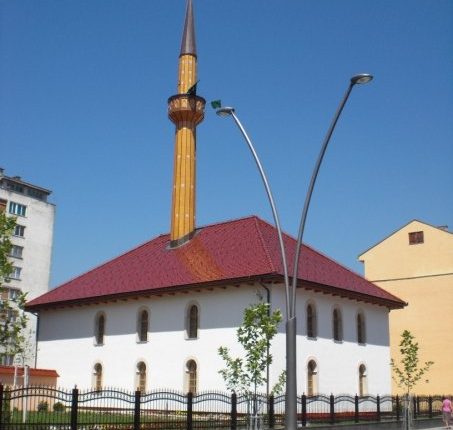
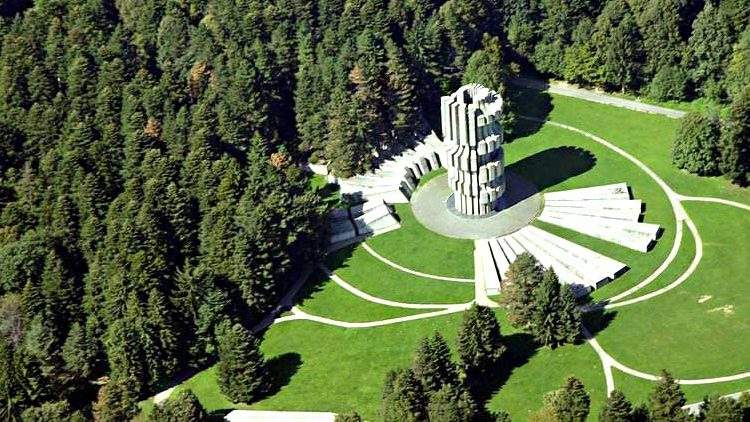
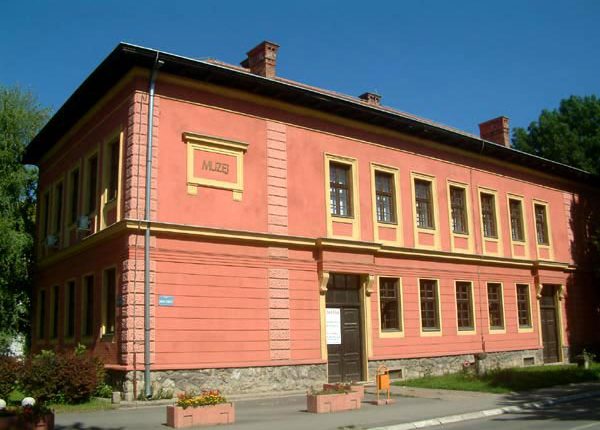
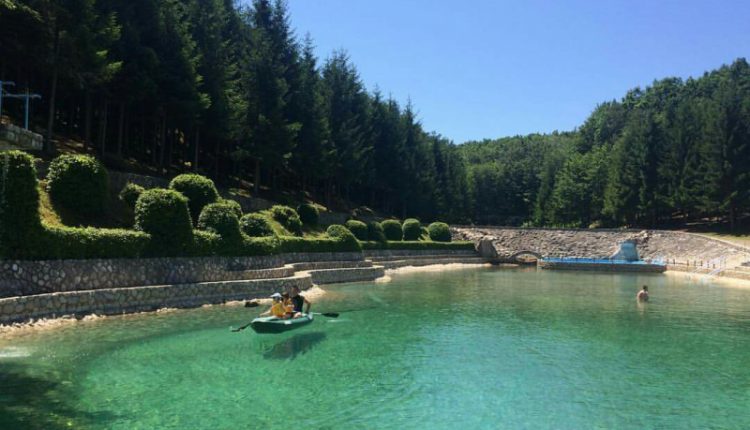
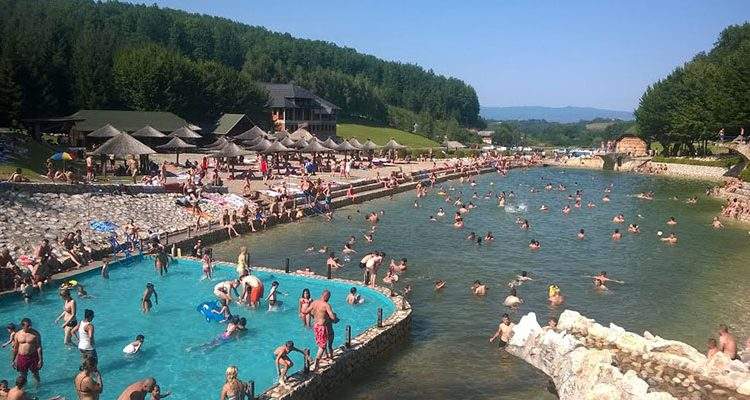
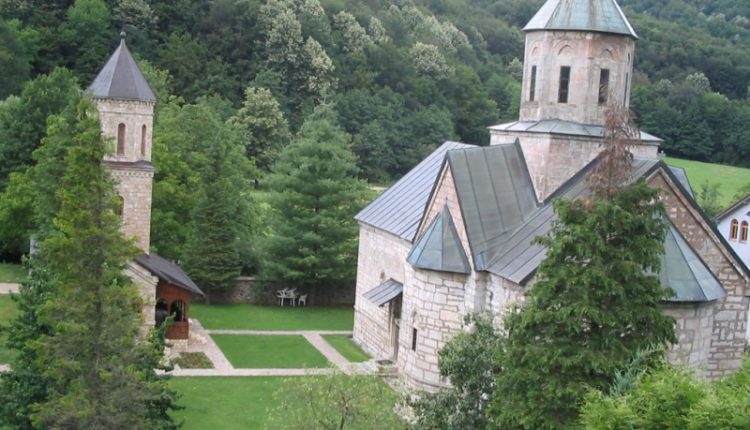
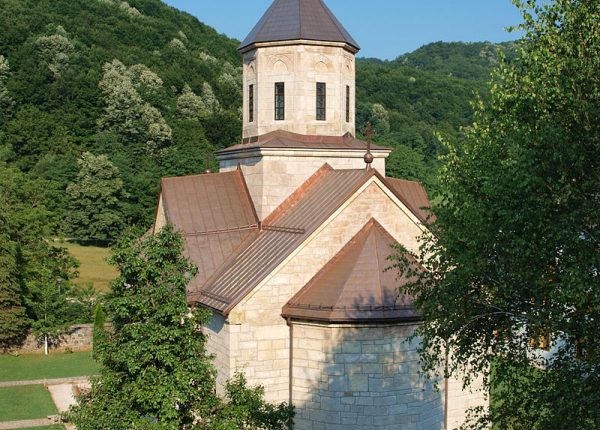
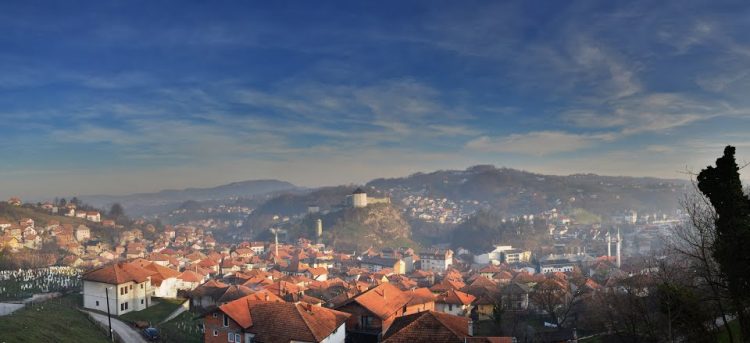
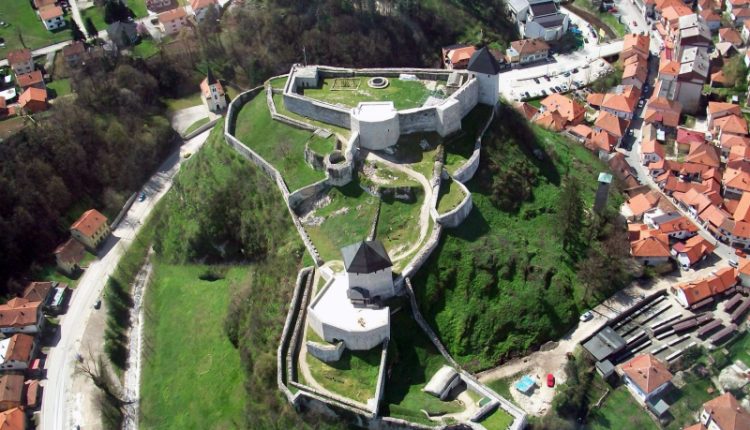
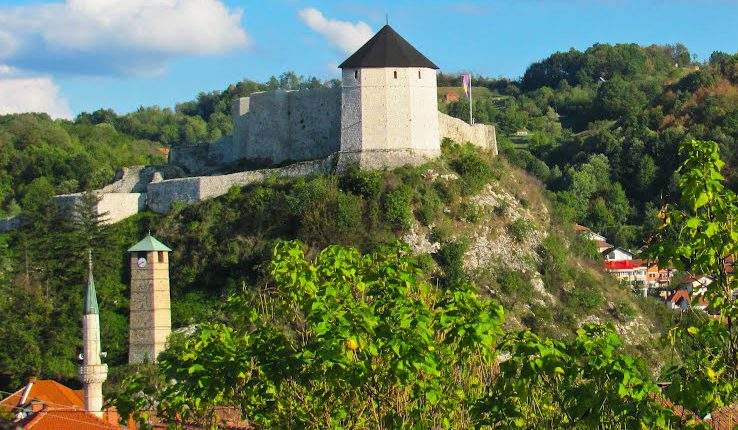

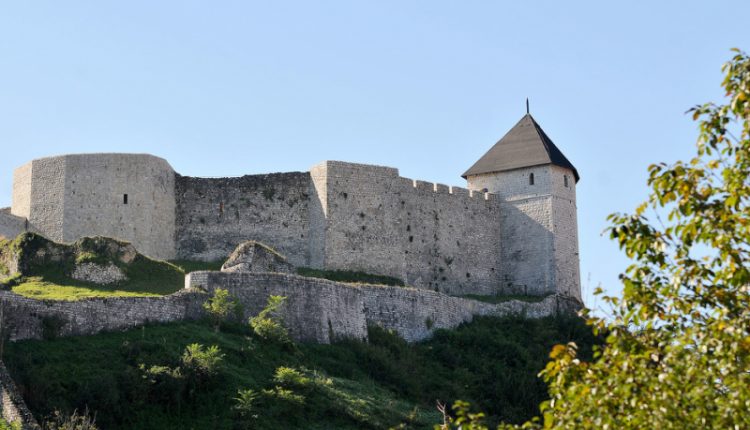
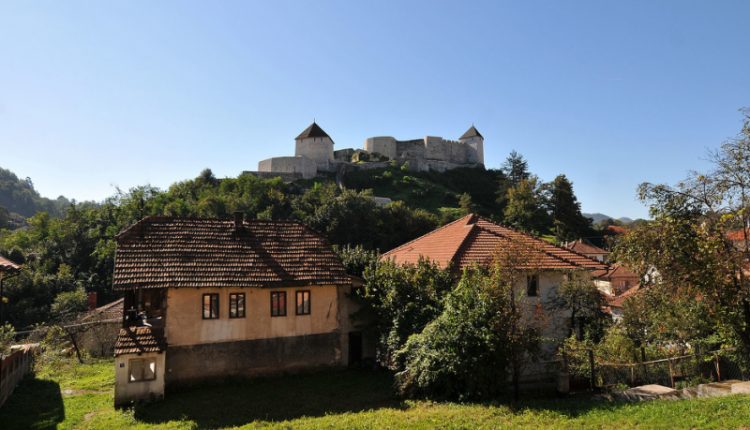
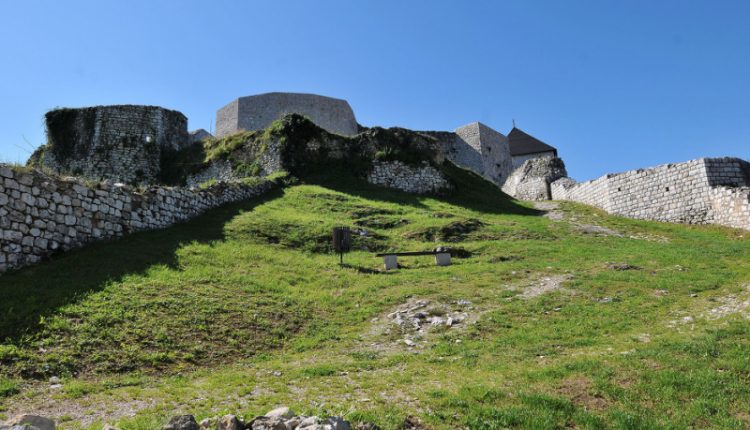

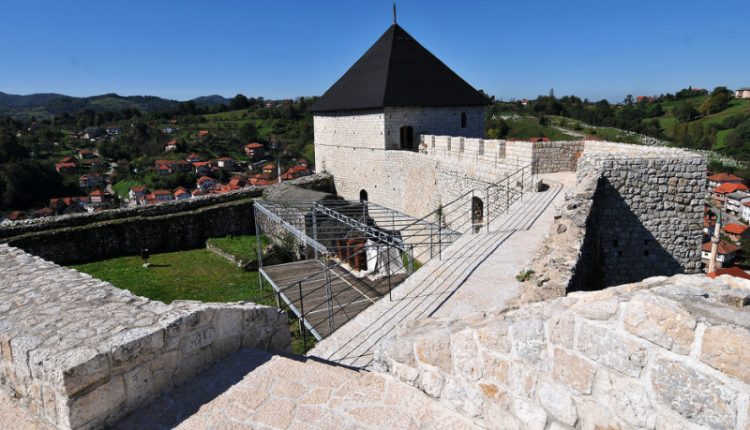

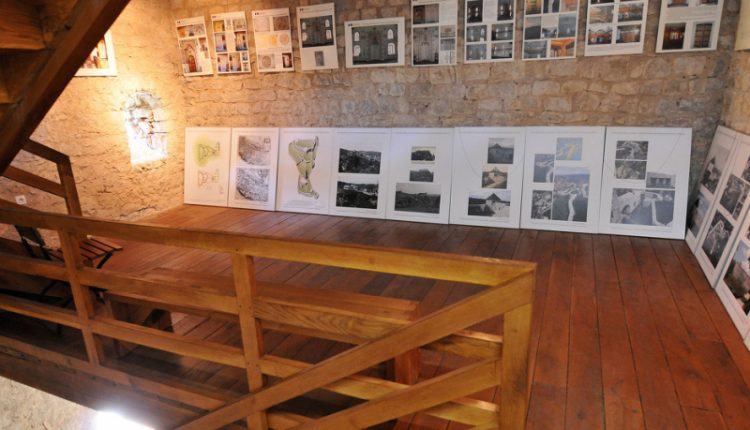
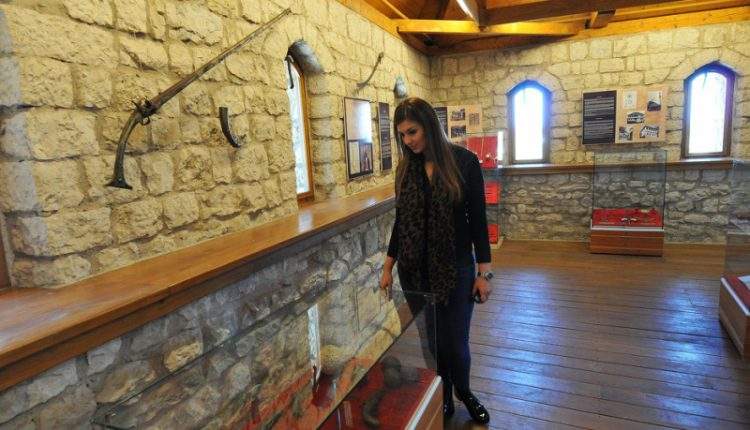

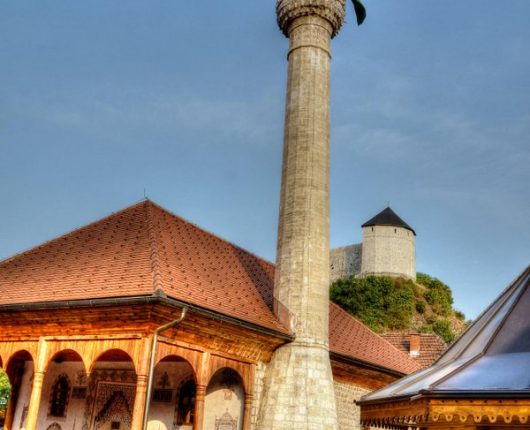
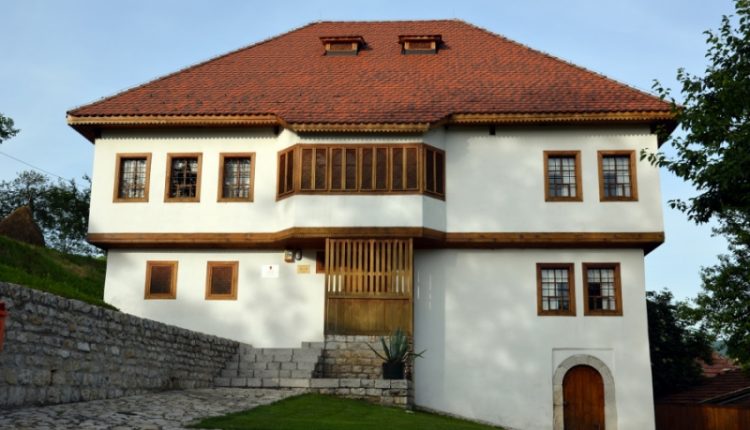

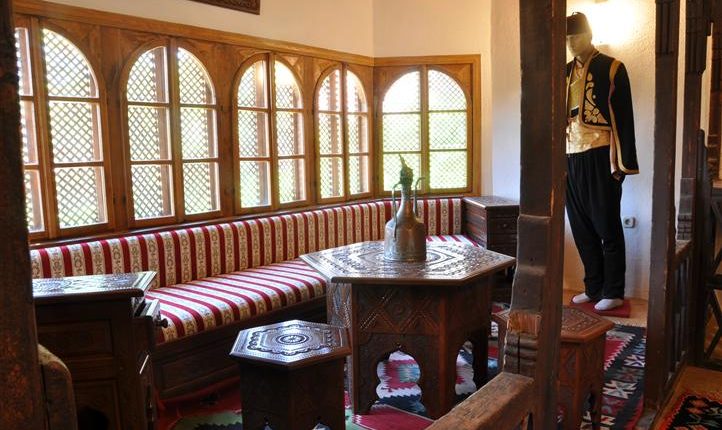

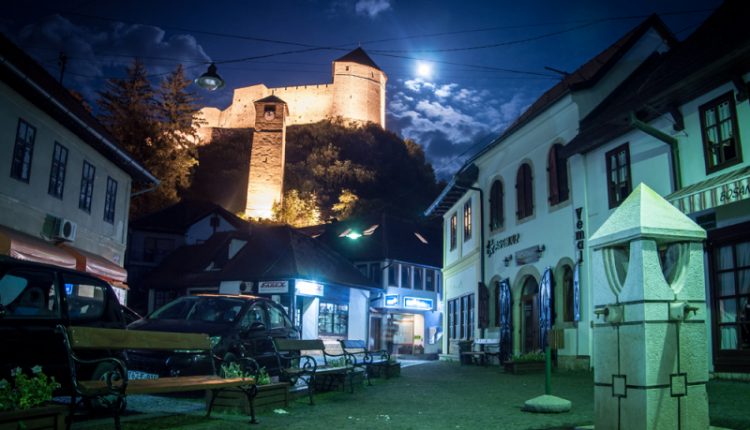

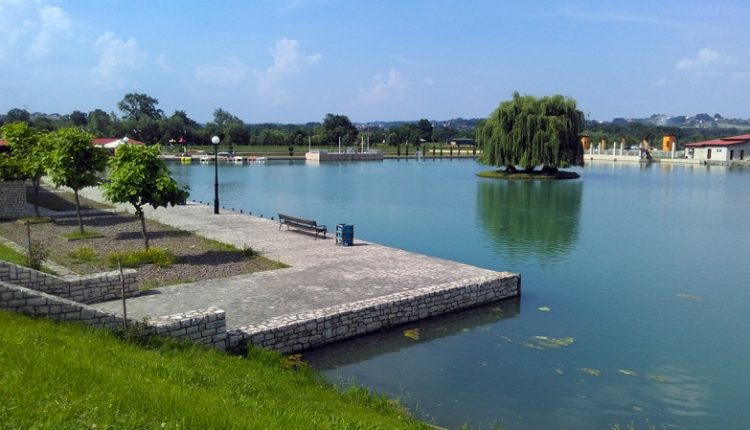


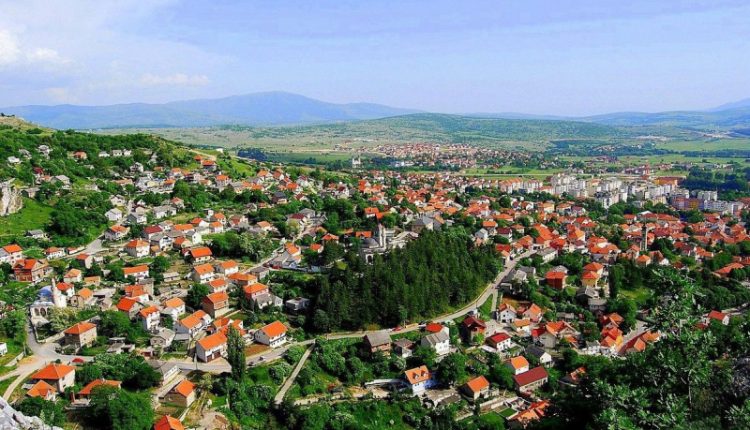
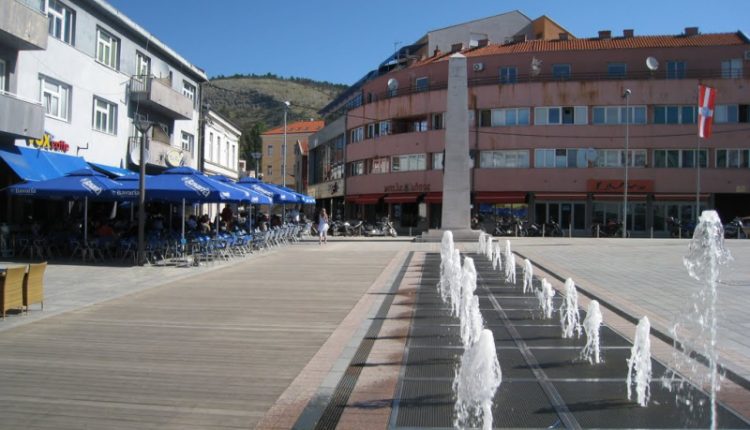

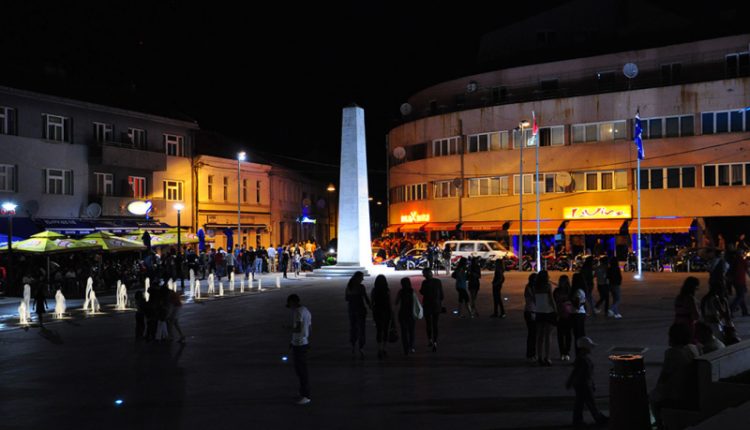

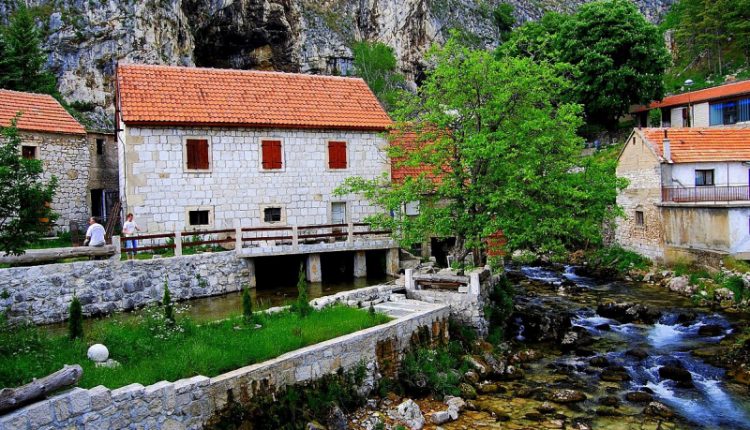

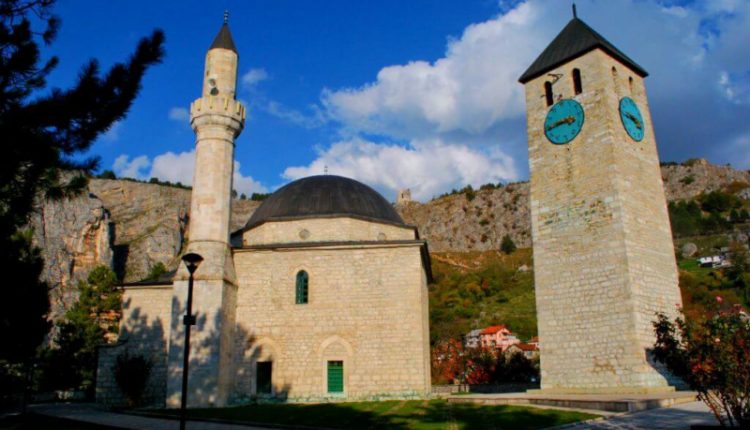

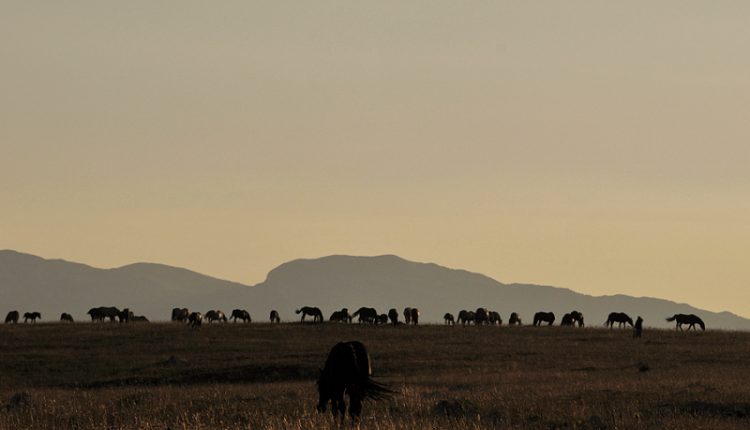

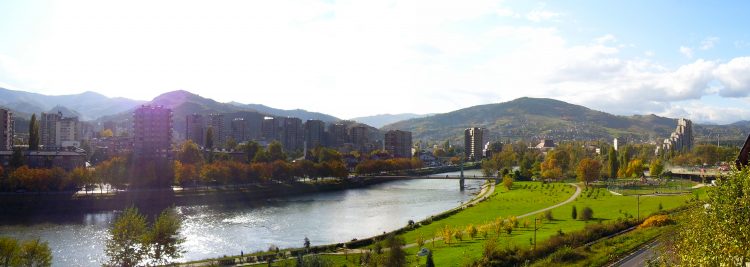
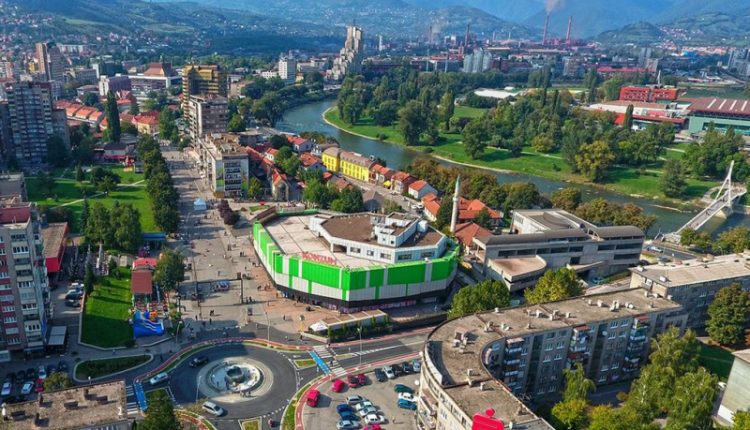
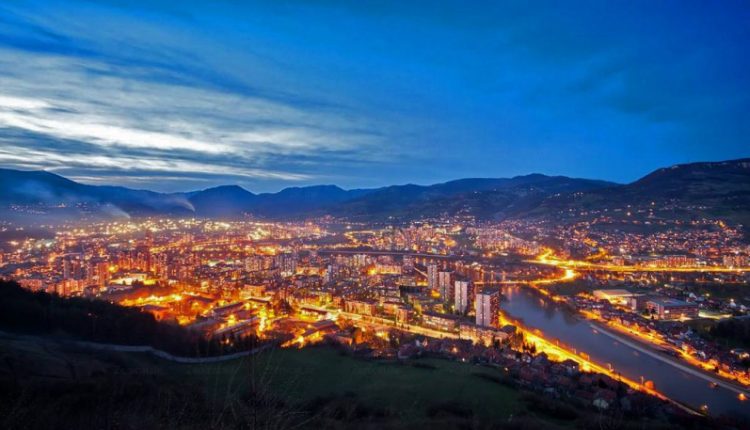

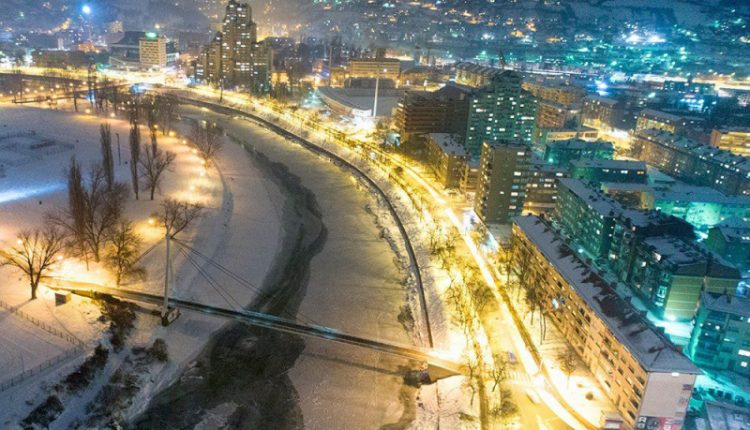
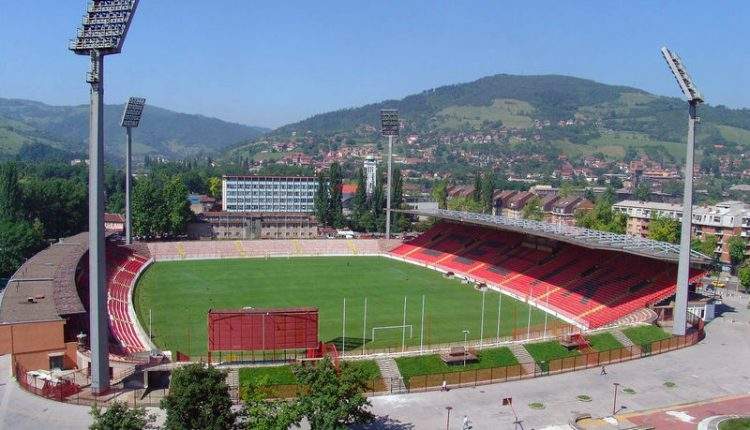
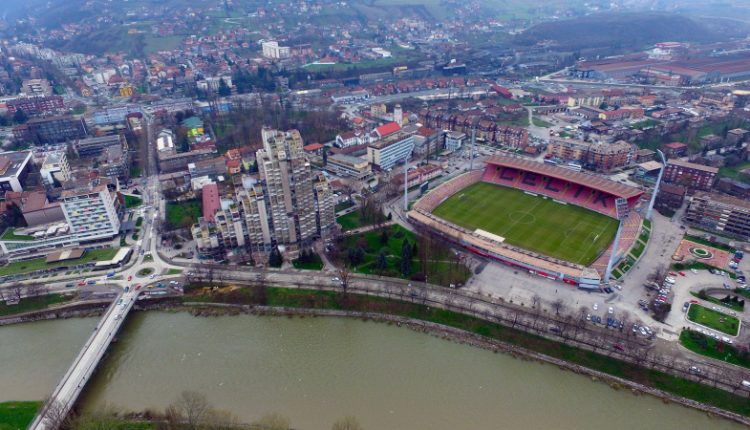


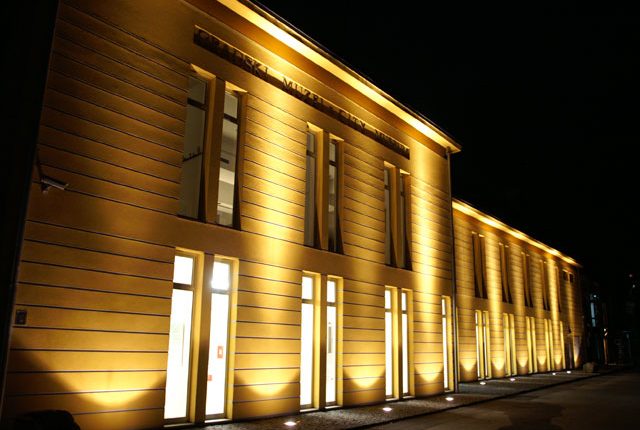
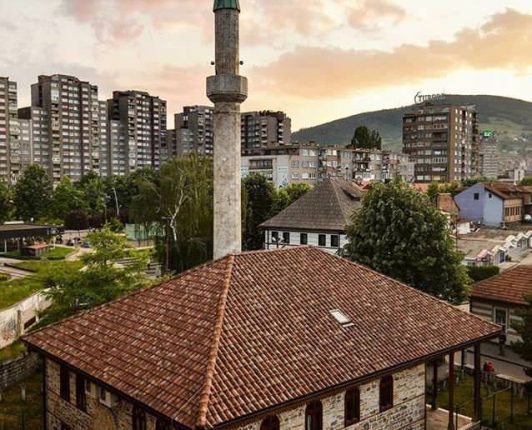

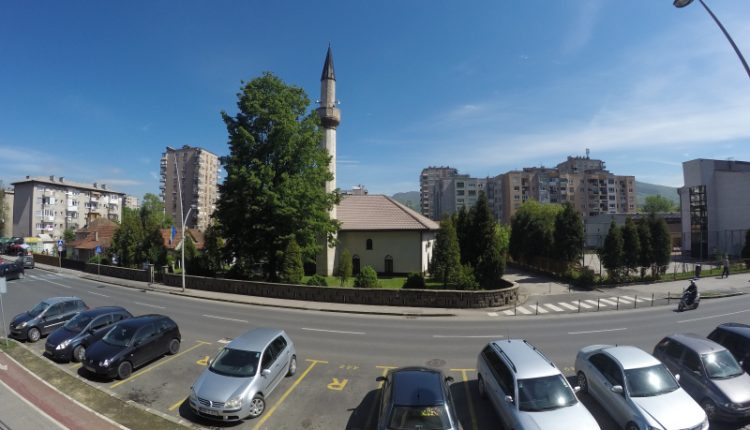

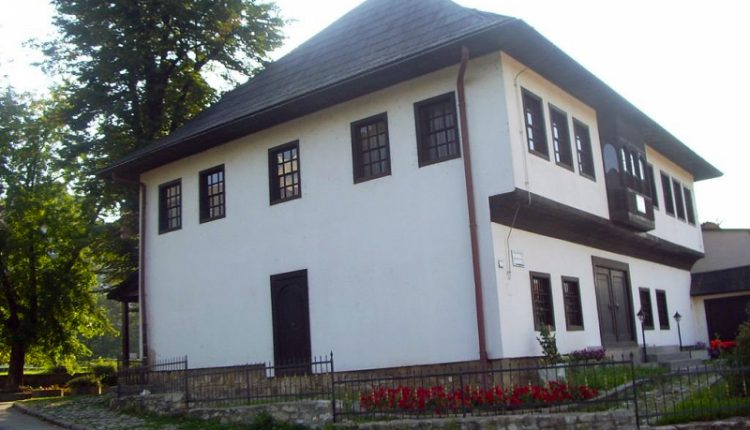
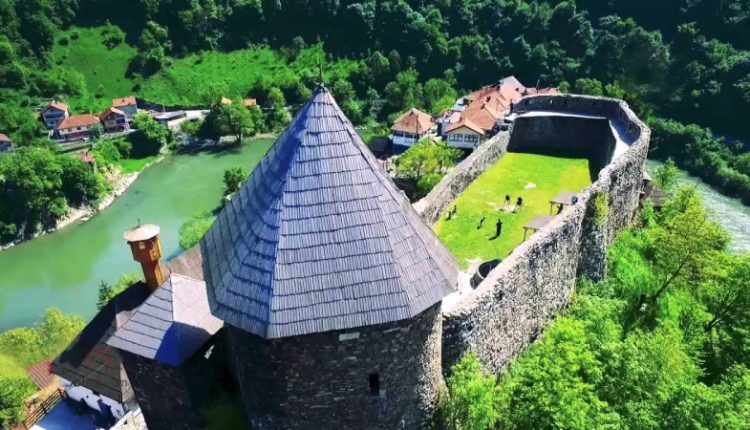
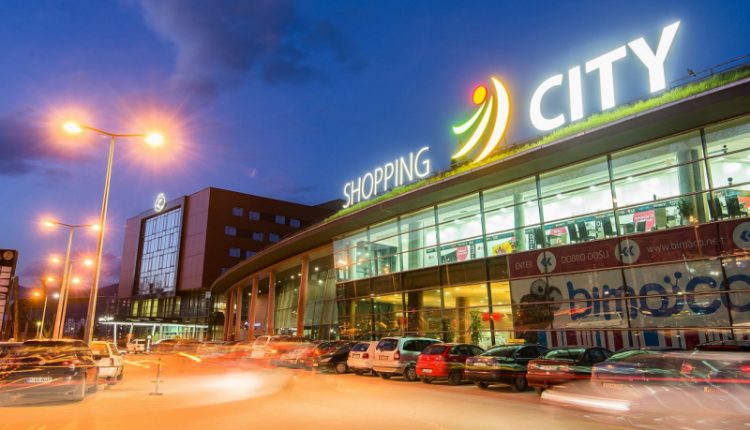
Comments are closed.